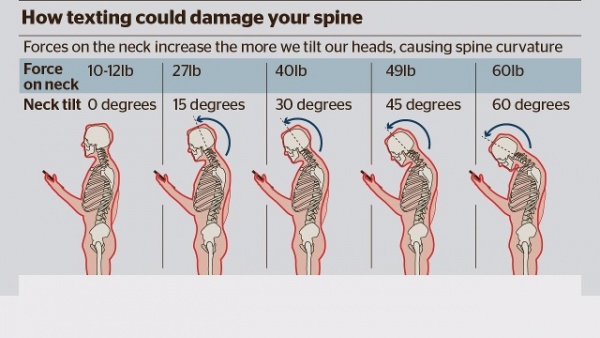Neck & Back Pain

Overview
Neck and back pain go back as far as recorded history and are still common complaints. In the past, treatment has been mainly activity avoidance and rest. The current research, however, shows that a different approach to neck and back pain is more beneficial. A review of the recommended treatment will be broken down into pain control, activity and action.
Back Pain
Low back pain (LBP) is the fifth most common reason for physician visits, which affects nearly 60-80% of people throughout their lifetime. The lifetime prevalence of low back pain is reported to be as high as 84%, and the prevalence of chronic low back pain is about 23%, with 11-12% of the population being disabled by low back pain.
Physiotherapy assessment aims to identify impairments that may have contributed to the onset of the pain, or increase the likelihood of developing persistent pain. These include biological factors (eg. weakness, stiffness), psychological factors (eg. depression, fear of movement and catastrophisation) and social factors (eg. work environment). [Source]
Neck Pain
‘Text neck’ is a modern age term coined to describe repeated stress injury and pain in the neck resulting from excessive watching or texting on hand held devices, laptops, or smartphones over a sustained period of time. It is also often known as Turtle Neck posture. It is a cause for increasing concern especially with younger generations given their greater propensity to mobile phone usage, but can affect anyone with increased device usage.
Apart from neck pain, it can also cause shoulder pain, upper back pain, headaches and increased thoracic kyphosis.
Rehabilitation to include manual therapy, exercise prescription, and posture education have been found to to be very effective in treating the stress injury resulting from Text Neck. [Source]

Pain Control
Neck and back pain are usually episodic and recurrent, with each episode typically resolving on its own. There are however a few simple treatment options to help control the symptoms and pain throughout the episode. They include: using painkillers (following the pharmacist’s and/or doctor’s instructions) and applying ice or hot packs. Seeing a local manual therapist (i.e. physiotherapist, chiropractor) on a time limited basis is also recommended as they can provide some pain control strategies through hands on therapy and/or advice on some activities and exercises that can help control your pain.
Activity
Staying as active as possible is key to your recovery. Participating in a general exercise program and trying to remain at work or getting back as soon as possible are vital despite having some ongoing symptoms. The longer you stay off work the more likely you are to develop chronic pain and disability.
Action
Discuss your daily activities with the physiotherapist, whether it be leisure activities or work that you are having problem with to your care providers and employer to see if some temporary modifications can be made. Most people will get back to their normal activities within several weeks. If you are unable to after several weeks, you should definitely be seeking the assistance of your doctor, physiotherapist, and/or chiropractor.
North 49 Physical Therapy can help! Make an appointment today.
CONTACT & HOURS
Phone: 306-343-7776
Fax: 306-343-7780
Monday to Friday: 9am-6pm
Locally Owned & Operated
